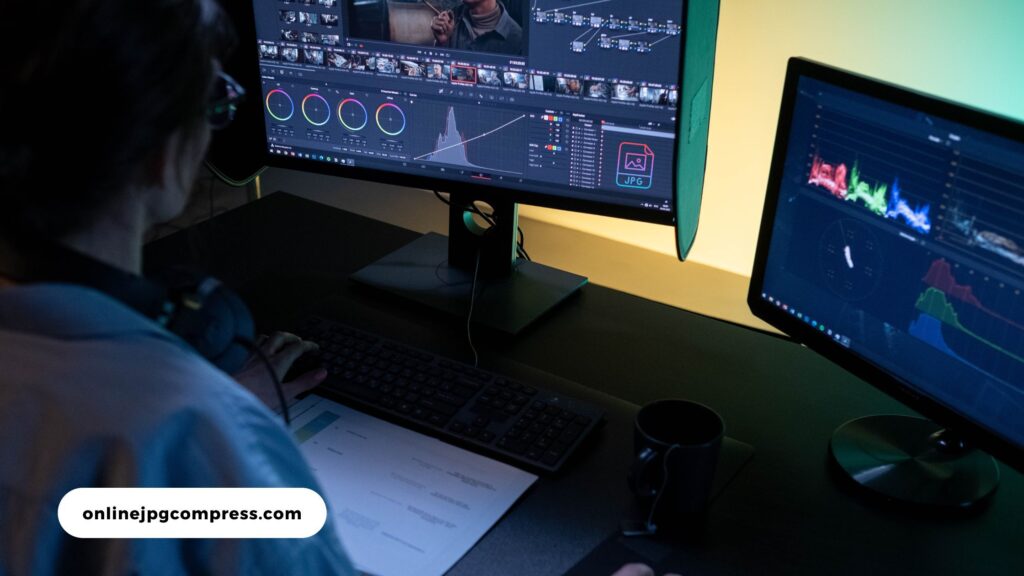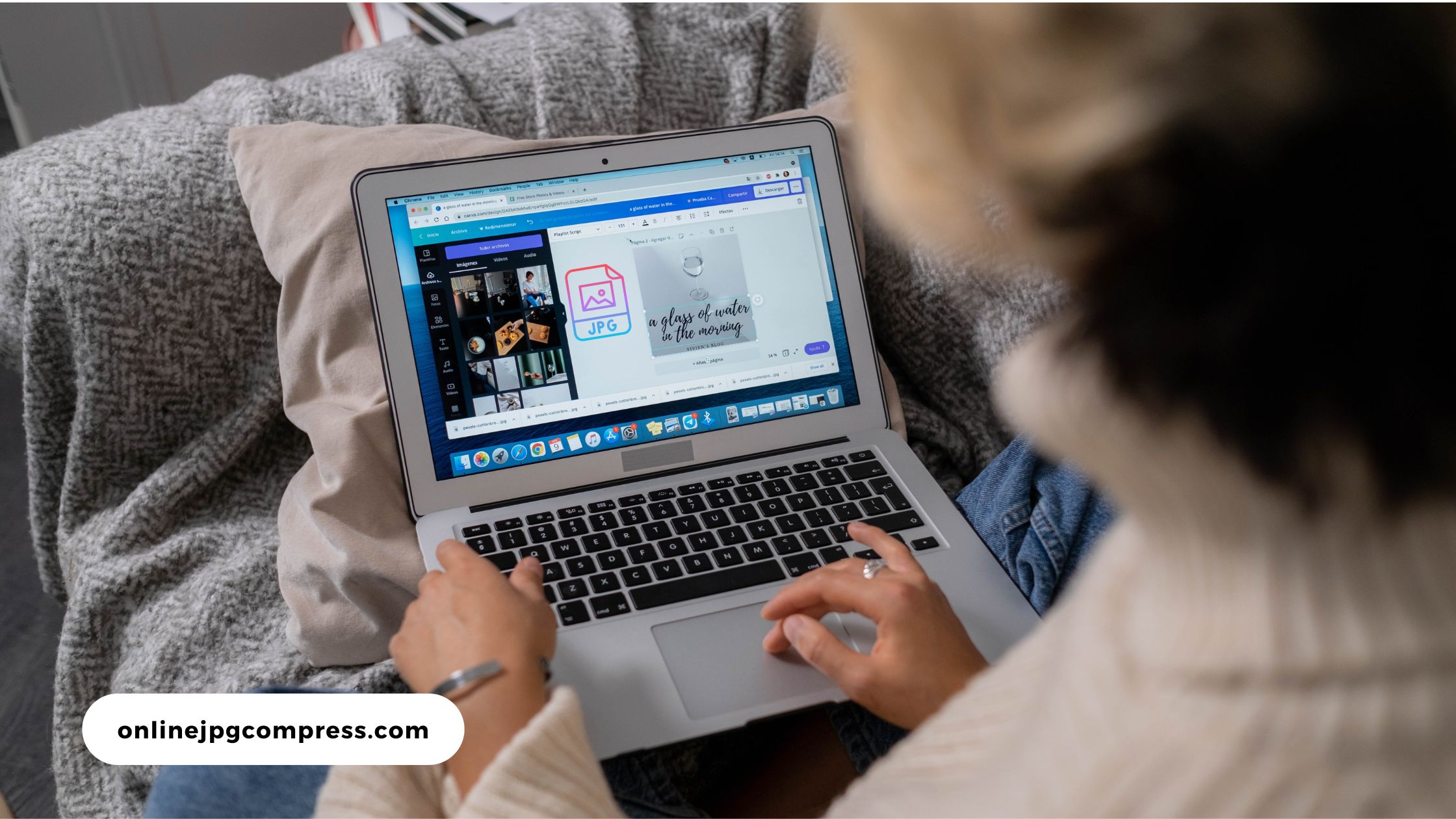Introduction
In the fast-paced digital landscape of the United States, optimizing web content is paramount for a seamless online experience. Among the various strategies, JPG compression emerges as a key player, striking a balance between image quality and file size.
In this comprehensive guide, we’ll delve into the intricacies of JPG compression, unraveling its importance, benefits, and best practices for users across the United States.
Read this – Compress JPG Online: Streamlining Digital Imagery

Understanding JPG Compression
What is JPG Compression? JPG, or JPEG, is a widely used image file format known for its versatility and ability to maintain high-quality visuals.
Compression, in this context, refers to the reduction of file size achieved by removing redundant image data without compromising visual integrity.
How JPG Compression Works At its core, JPG compression uses algorithms to analyze and discard unnecessary image information.
This results in a smaller file size while retaining sufficient data for the human eye to perceive high-quality images.
The challenge lies in finding the optimal balance between compression ratios and image clarity.
Benefits
Improved Website Performance For users in the United States, where high-speed internet is the norm, faster website loading times are crucial.
Compressed JPG images contribute significantly to improved website performance, reducing page load times and enhancing the overall user experience.
Bandwidth Optimization In a country where data consumption is a consideration for many users, optimized images mean reduced bandwidth usage.
This is particularly beneficial for individuals with limited data plans or those accessing content on mobile devices.
Enhanced User Experience Quick-loading images contribute to a positive user experience.
Whether users are browsing e-commerce sites, news portals, or social media.
The speed at which images load directly impacts engagement and satisfaction.

Best Practices for JPG Compression
Choosing the Right Compression Level Selecting an appropriate compression level is crucial.
Higher compression ratios result in smaller file sizes but may compromise image quality.
The choice depends on factors like the intended use of the image and the desired balance between quality and size.
Selective Compression Techniques For users aiming to preserve specific details while reducing overall file size, selective compression techniques come into play.
Various tools allow for targeted compression, ensuring that essential elements in an image remain crisp and clear.
Image Resizing and Compression Combining image resizing with compression can further optimize file sizes.
This is particularly useful when uploading images to websites or platforms with specific size constraints.
Tools and techniques for achieving this dual optimization approach should be explored.
Tools and Software for JPG Compression
Online Compression Tools Several online tools cater to quick and easy JPG compression.
Websites like TinyPNG, JPEG-Optimizer, and Compressor.io offer user-friendly interfaces for instant image optimization.
Offline Compression Software For more advanced compression needs, downloadable software provides additional control.
Software like Adobe Photoshop, GIMP, and FileOptimizer allows users to fine-tune compression settings according to their requirements.
SEO Impact of Optimized Images
Image SEO Best Practices In the competitive online landscape of the United States, image SEO is integral.
Utilizing descriptive filenames and alt text not only enhances accessibility but also contributes to search engine optimization.
Loading Speed and SEO Google’s emphasis on user experience and page loading speed as ranking factors makes image optimization crucial for SEO.
Faster-loading pages are more likely to rank higher, impacting overall website visibility.

Conclusion
In conclusion, embracing JPG compression is a strategic move for users in the United States seeking to optimize their online presence.
From improved website performance to bandwidth optimization and enhanced user experience, the benefits are multifaceted.
By adopting best practices and leveraging available tools, individuals and businesses can ensure that their visual content strikes the perfect balance between quality and efficiency.
Contributing to a seamless digital experience for users across the United States.

1 thought on “Maximizing Efficiency: The Power of JPG Compression in the United States”